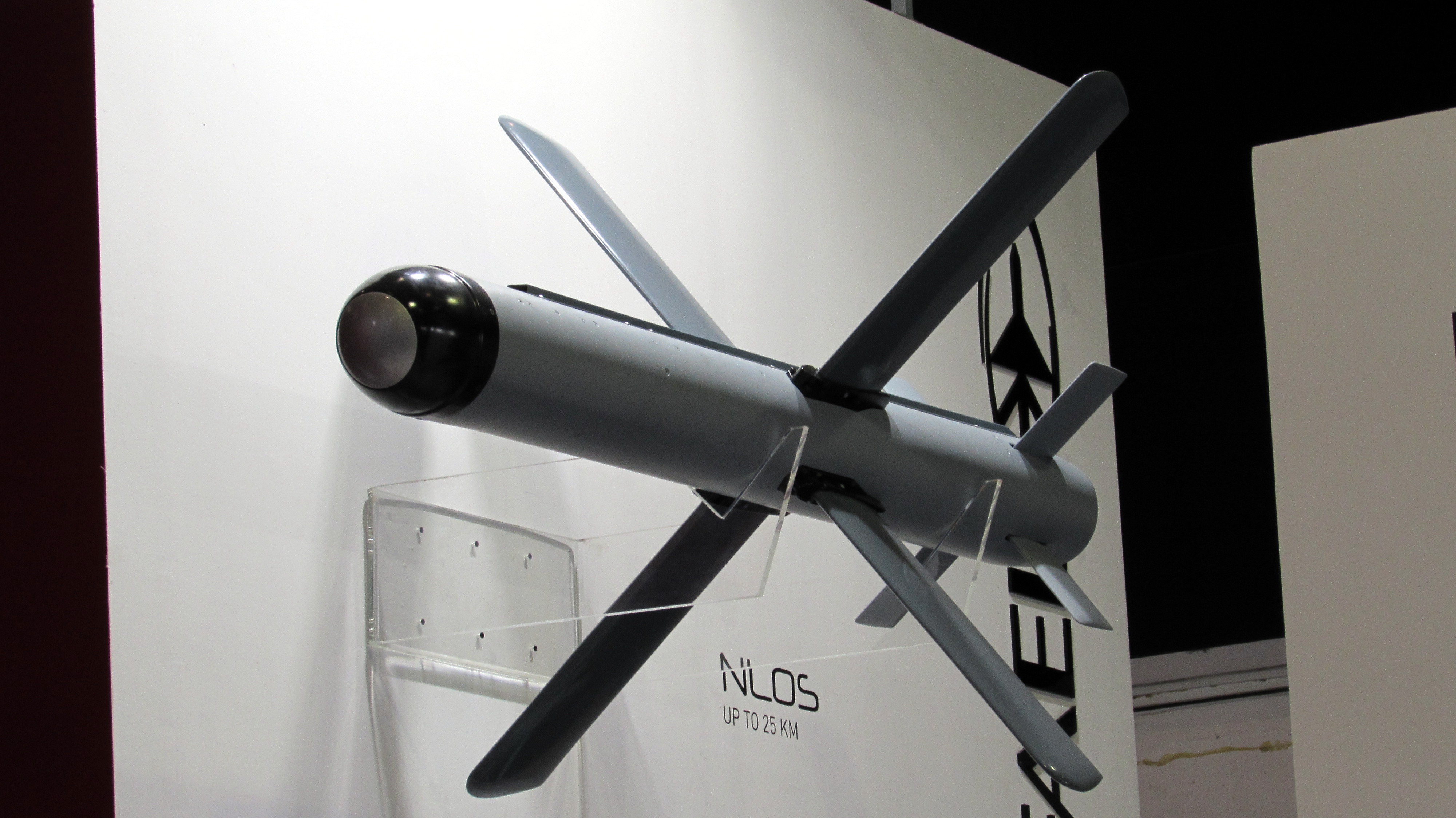The US Army has recently conducted a test in which its AH-64E Apache attack helicopter fired an Israeli Spike-NLOS missile at a target boat off the coast of Florida. India is one of the countries that fly the Boeing Apache helicopter.
The US Army’s advanced attack helicopter was equipped with the lethal Spike NLOS (Non-Line Of Sight) missiles with the aim to increase the accuracy of the strikes and enhance the helicopter’s ability to strike moving targets.
The exercise could pave the way for a similar weapon integration with India’s Apache attack helicopters. The helicopters were deployed in the Ladakh region amid the border stand-off with China last year.
In addition, India has already acquired the Israeli Spike LR (long-range) anti-tank guided missiles (ATGM) developed by Rafael Advanced Defense System.
The “emergency purchase” of the 240 Spike anti-tank guided missiles (ATGMs) had been approved by the Indian Army soon after the February 2019 air skirmishes between India and Pakistan.
The Israeli Spike Missile
The Spike is a fourth-generation fire-and-forget anti-tank guided missile, available in different variants ranging from man-portable to heliborne ones. The missile has been exported to around 35 countries.
Some of its variants include the Spike SR (short-range), medium-range, long-range, extended-range, and the Spike NLOS, which has been recently integrated with the US Army Apache helicopter.
At the moment, India does not possess the Spike NLOS, but it could soon follow in the footsteps of the US Army.
The Spike NLOS is an ultra-long-range version of the Spike missile with a claimed maximum range of 25 kilometers.

The missile is considerably larger than other Spike variants, with an overall weight of around 70 kg. Its ability to be launched from either the ground or from helicopters is what prompted the US Army to undertake the test.
During the test, the Apache attack helicopter flew from the Eglin Air Force Base in Florida with support from the 96th Test Wing.
The chopper then successfully fired the Spike NLOS missile at a stationary boat that was approximately 20 miles away. The test marked the first time the US Army involved the Apache helicopter involving a target in a maritime environment.
Last year, the US Army had announced its plans to integrate the Spike NLOS missiles into the Apache helicopters.
On Wednesday (March 17), Amanda Hargett, a test engineer with the Air Force’s 780th Test Squadron, released an official statement regarding the test.
“We were excited to test a new weapon system here at Eglin. Our team worked closely with the Army to make sure everything went smoothly and the demonstration was successful,” Hargett said.
According to the US Air Force, modifications had been made to the aircraft before the weapon was set up on it.
“Testers checked all flight and ground systems to make sure they were working correctly and with the weapon and any test telemetry added to the aircraft,” as per the official statement of the US Air Force.
The Spike NLOS Missile
According to reports, some US Army personnel had even visited Israel in 2019 to gain experience in operating the Spike NLOS missiles from the Israeli Apache AH-64 helicopters.
The Israeli helicopters have been operating the Spike NLOS missiles for several years. The Spike NLOS missiles have some impressive features. Its guidance system has two modes, with one allowing it to strike fixed targets at designated coordinates, and the other mode allowing the operator to make fine adjustments during the missile’s terminal phase of flight.
This is done via video feed transmitted from an infrared camera in the weapon’s nose that enables the Spike NLOS missiles to have exceptional accuracy even against moving targets.
Follow EurAsian Times on Google News




